

Transitions take time. They require patience and adaptability. With each transition is the promise of something brighter. But first, we have to navigate the primitive path through unchartered territory.
The energy transition is no different.
By now, we’ve heard the dangers of the 2-degrees scenario laid out in the Paris Agreement. Our planet is on track to warm more than 3 degrees Celsius unless a radical shift occurs. If we don’t stay below the 2-degree threshold, we can expect heat waves to become the norm, marine life to face widespread devastation and rising sea levels to wreak havoc on the world’s largest coastal cities.*
By then, electricity shortages will be rampant. Many residents in the U.S. have already experienced energy shortages — where demand for electricity exceeds the supply. When this occurs, power suppliers may ask residential and commercial ratepayers to reduce their consumption. In some cases, rolling blackouts are necessary to prevent more prolonged outages.
What Can Be Done to Prevent Electricity Shortages?

Reducing our reliance on fossil fuels is the best long-term strategy for reducing energy shortages and helping ensure our planet remains inhabitable for decades. By electrifying our homes — replacing technologies that use oil and coal with those that use electricity — we can reduce greenhouse gas emissions while improving indoor air quality. With gas infrastructure costs soaring and the cost of high-efficiency electric appliances like heat pumps projected to decline, experts say home electrification will save residents money in the short term as well as over time.*
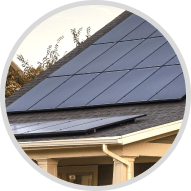
Rooftop Solar Panels
If you want to reduce your dependence on the electric grid and maximize your energy savings, consider investing in rooftop solar panels. By powering your home with carbon-free energy from the sun during the day, you can reduce the strain on the grid and help prevent electricity shortages in your area.
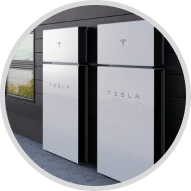
Add a Solar Battery
And if you want to go a step further and continue using renewable energy once the sun goes down, adding a solar battery to your system lets you store the clean power you don’t immediately consume and use it later on. With a solar plus battery system, even if your utility has to initiate a rolling blackout or the grid fails entirely, you’ll still have power thanks to your solar backup battery.*
With solar plus storage, not only will you help reduce electricity shortages, but you can also remain unaffected by them. It’s an investment that more homeowners are making as our planet warms and we approach the dangerous 2-degree threshold.
Why Are We Experiencing Electricity Shortages?
With more people going solar today than ever before, why are we seeing energy shortages? It seems counterintuitive.
Understand that the energy transition is not a smooth road. As the world shifts from fossil fuels to clean power sources that don’t warm the climate, there are some inevitable bumps along the way.
Here are a few leading causes of electricity shortages.

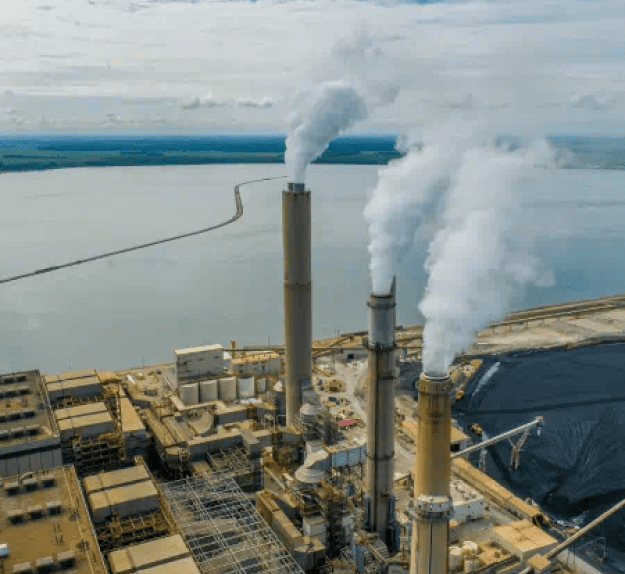
Coal-fired power plants have provided the U.S. with much-needed electricity for decades. They’ve also been a major source of carbon dioxide emissions that contribute to a warmer planet. In 2022, petroleum and coal accounted for 46% of electricity produced in the U.S. but created 65 percent of the power sector’s carbon dioxide (CO2) emissions.*
As we work to decarbonize — reduce the amount of carbon in our air — retiring fossil fuel power plants is a key step. Facing price pressure from renewable resources and a national push to move away from high-emission fuels, utilities are planning to retire a record number of coal plants. In fact, over the next three decades, 80 coal plants totaling almost 100 gigawatts are scheduled for retirement, with half of that capacity coming offline in the next five years.*
So, what will replace this massive amount of electricity?
New natural gas facilities are being constructed with the goal of easing the transition. Yes, gas is the cleanest-burning hydrocarbon, as it produces a fraction of the CO2 emissions that burning coal does. But it’s not a clean resource and won’t avert climate disaster, scientists say.
In recent years, extracting natural gas (which is primarily methane) has led to methane leaks, unleashing a potent greenhouse gas that has 80 times more ozone-damaging power than CO2.*
Let that sink in.
As wind, solar and natural gas become more competitive, utilities are speeding up the closure of coal-fired plants for economic and environmental reasons. Aside from meeting clean energy mandates, coal plants are less profitable than they once were. They’re being used less and less, making it more expensive to keep them up and running.
From coast to coast, traditional power plants are shutting down as temperatures heat up. Extreme weather and drought are causing unseasonable demands for electricity. In Texas, earlier-than-normal heatwaves in 2022 forced generation facilities scheduled for repairs to fire up and help meet the soaring spring demand. As a result, six of those power plants failed during triple-digit temperatures.
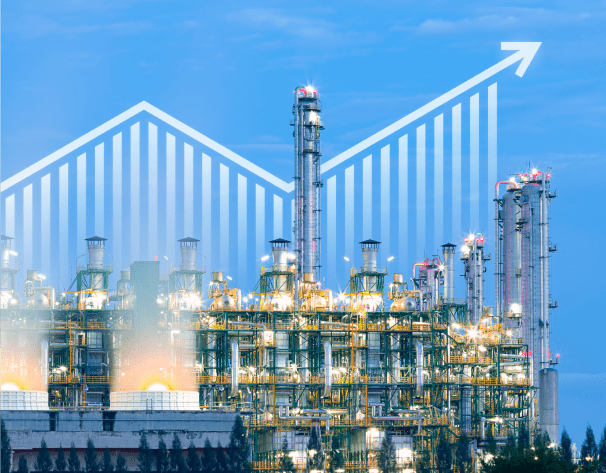
In the Midwest, coal and nuclear plants are being retired as demand rises. The region’s grid operator, Midcontinent Independent System Operator (MISO), has warned tens of millions of people in 15 states of potential power shortages over the next few years.
For Californians, rolling blackouts and electricity shortages are nothing new. Energy planners face new challenges each year as they strive to maintain power amid drought, wildfires and heat waves. In fact, from now through 2026, California state officials warn that the impact of climate change will threaten the reliably of the state’s electrical grid.*
Transitioning to renewable energy has never been more crucial.
Renewable Energy is Coming, But Not Fast Enough
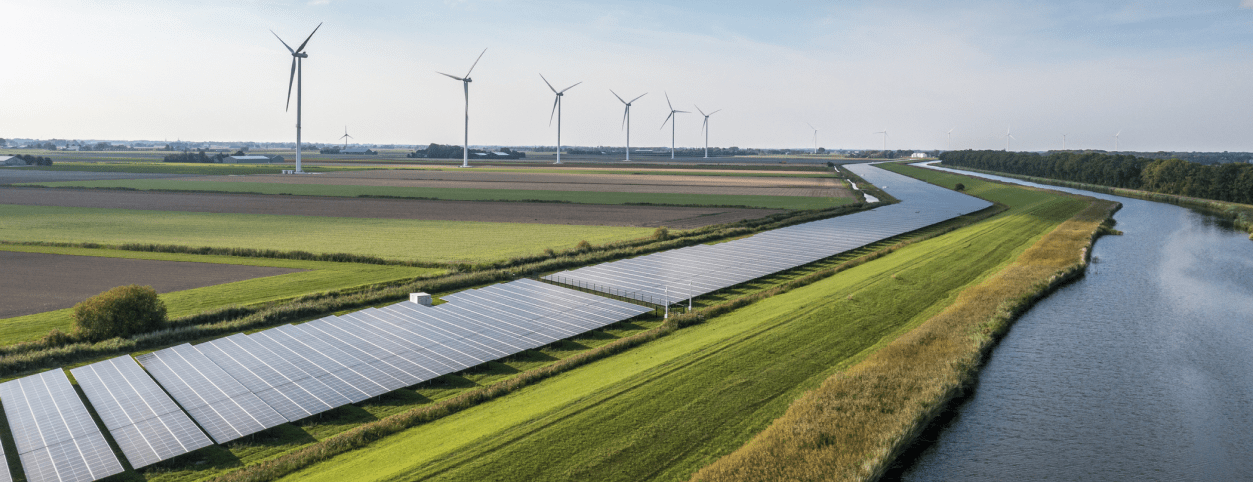
A shift to clean power is not only good for the planet, but it’s good for society. Aside from mitigating climate change, expanding our renewable footprint can improve public health by limiting air and water pollution while supporting job growth and economic prosperity.
In recent years, the U.S. has made monumental strides in developing large-scale wind and solar farms. A July 2022 report from American Clean Power reveals the U.S. has more than 211 gigawatts (GW) of clean energy online, enough to power 58 million homes.*

Compared to recent years, utility-scale solar and wind projects have been on the decline due to:
- Supply chain issues lingering from the pandemic
- Inflation and increased operating costs
- Congressional inactivity and uncertainty on long-term tax policy
- Tariff and trade restrictions
- Aging power lines and transmission limitations
The report noted that despite the decline in wind and solar installations, the energy storage sector grew 13%. A major challenge of renewables is that they’re intermittent, meaning they only produce power when the wind is blowing and the sun is up. Therefore, large batteries are needed to store the outport for later use.
Storage is a key component to help us successfully transition from coal-fired power to renewables. Still, grid operators worry that the pace may not be quick enough to offset the closures of coal-fired power plants, which provide a steady stream of electricity day and night.

The concern of rolling blackouts across America comes at a time when inflation is at a 40-year high, and people are dealing with the added stress of a pandemic and an unpredictable economy. The last thing anyone wants is to lose power when they need it most.
So, how do you plan for an electricity shortage? The best way is to generate your own clean power and store it on-site. By installing home solar with battery backup, you can declare your energy independence and rely on your own power supply during times of soaring electricity demand.
Energy shortages are coming. In some places, they’re already here.